For those wanting to observe the night sky, Nebraska’s remote locations are tops. One such place has earned official confirmation of its brilliance after dark.
Enlarge
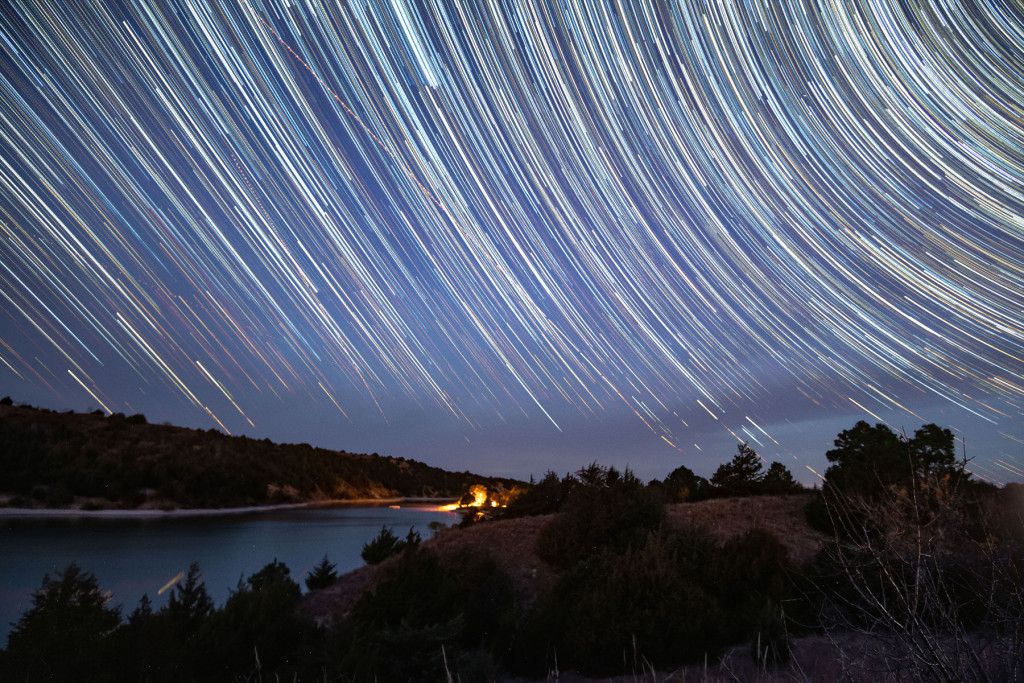
Photo by Justin Haag
By Justin Haag
For lovers of solitude, it is hard to imagine a better place to be. The occasional howl of a coyote, hoot of an owl, moos from cows. The eerie sound of ice forming over a lake on a cold December night. On occasion, the quiet, but growing, roar of a truck’s engine advancing from miles away.
They are about the only things reminding you that you are not completely alone.
Perhaps it is what is seen that is most magnificent about this place, though. Look above to see the seemingly endless array of stars in the sky, each speck more than 20 trillion miles away. Among them is that gorgeous, giant swath known as the Milky Way.
The Nebraska Sandhills is this place, and it is that great view of the stars and other celestial bodies that, in 2022, garnered Merritt Reservoir State Recreation Area a new designation as an International Dark Sky Park to add to its long list of attractive attributes. It is the first location in Nebraska to earn the title from the International Dark-Sky Association, the recognized authority on light pollution, putting it in company with some of America’s most breathtaking national and state parks.
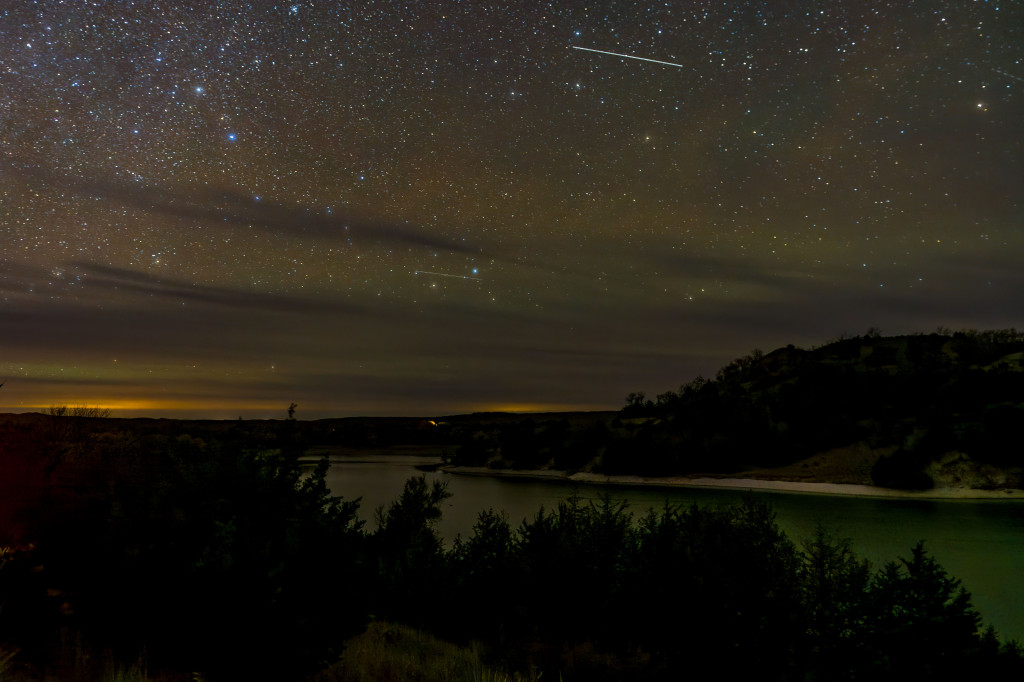
All one has to do is look at one of the dark sky maps on the Internet to realize why. They show almost the entire United States east of Columbus and Norfolk to the nation’s coast lit up with varying degrees of intensely bright colors, which represent the severity of light pollution. Throughout the West, though, about 10 sizable expanses show up dark on the map. The easternmost of them is the Nebraska Sandhills.
Even though the designation is new, the exceptional view of the night sky at Merritt Reservoir has not been a secret. Each July for the past 29 years, it has hosted the Nebraska Star Party, drawing professional and amateur astronomers from across the country. The throng of attendees revel in the view of the night sky through both high-powered telescopes and the naked eye. During the day, they enjoy the area’s many other features: 9,000 acres of nature and 44 miles of shoreline with white-sand beaches. The park is known for its outstanding fishing, boating and camping opportunities.
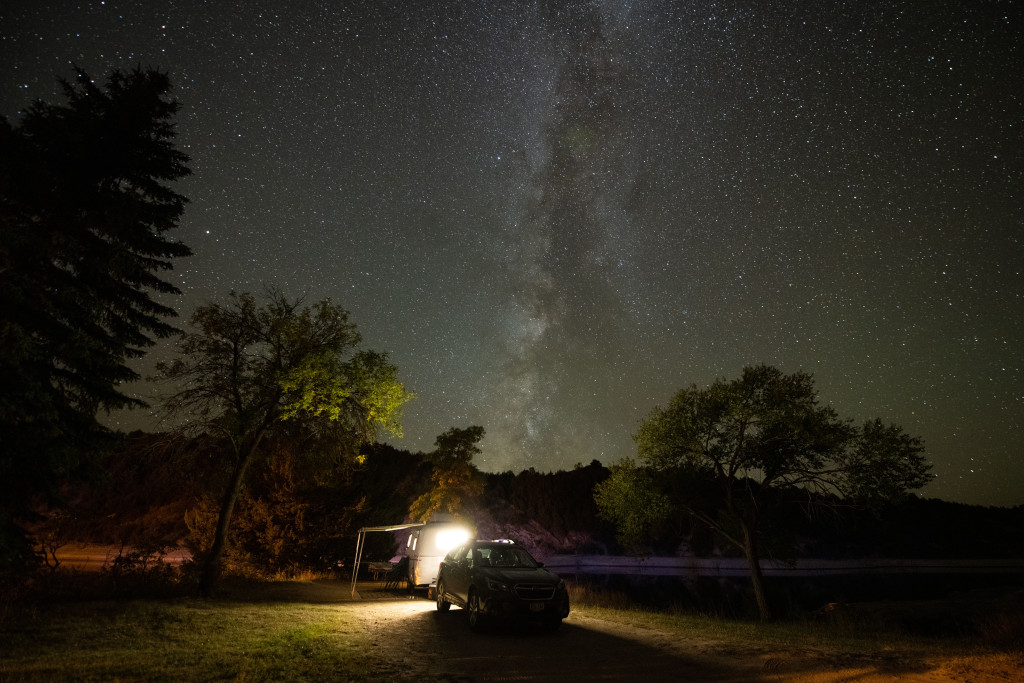
Nikon D850, 15mm, f/2.8, 25 seconds, ISO 4000.
No matter where you live, an overnight trip to Merritt Reservoir is worth the drive. Those who stay awake after the sun goes down will be sure to like what they do — and don’t — hear. And, they will especially love what they see. ■
To learn about the International Dark-Sky Association’s efforts to combat light pollution, visit Darksky.org. Information about the 30th annual Nebraska Star Party may be found at Nebraskastarparty.org.
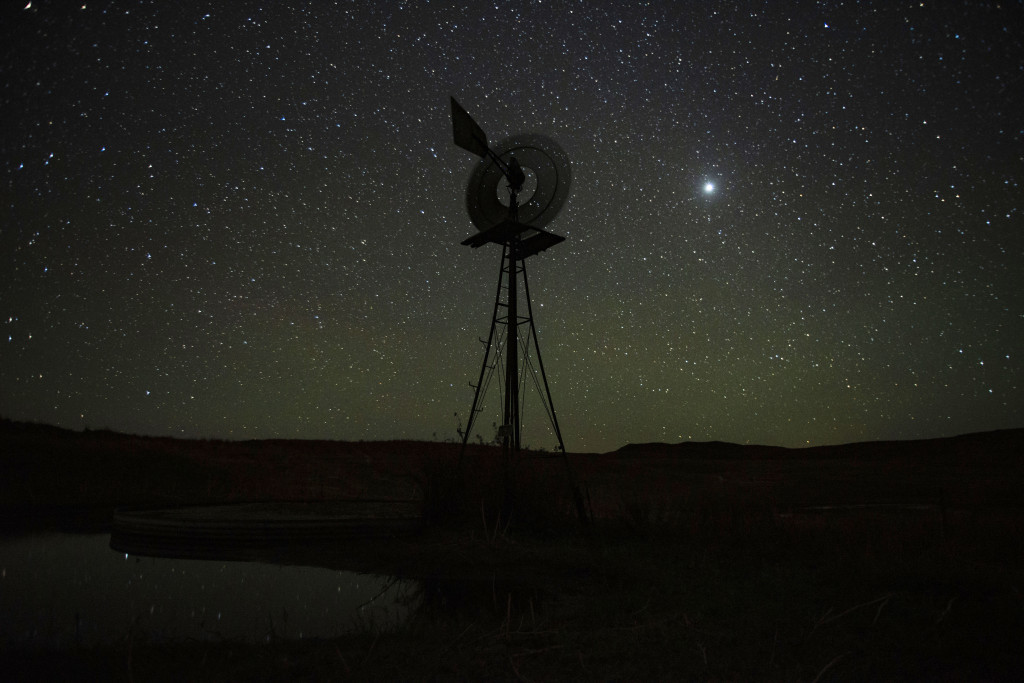

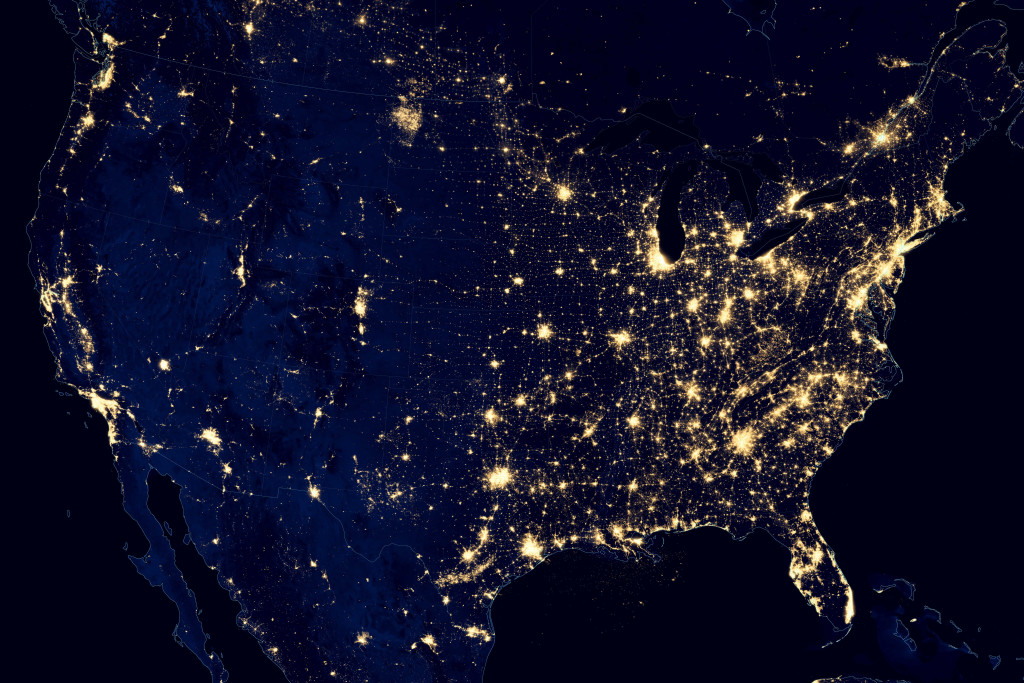
 Nebraskaland Magazine
Nebraskaland Magazine


